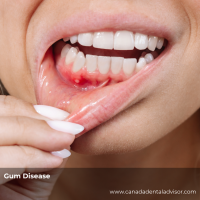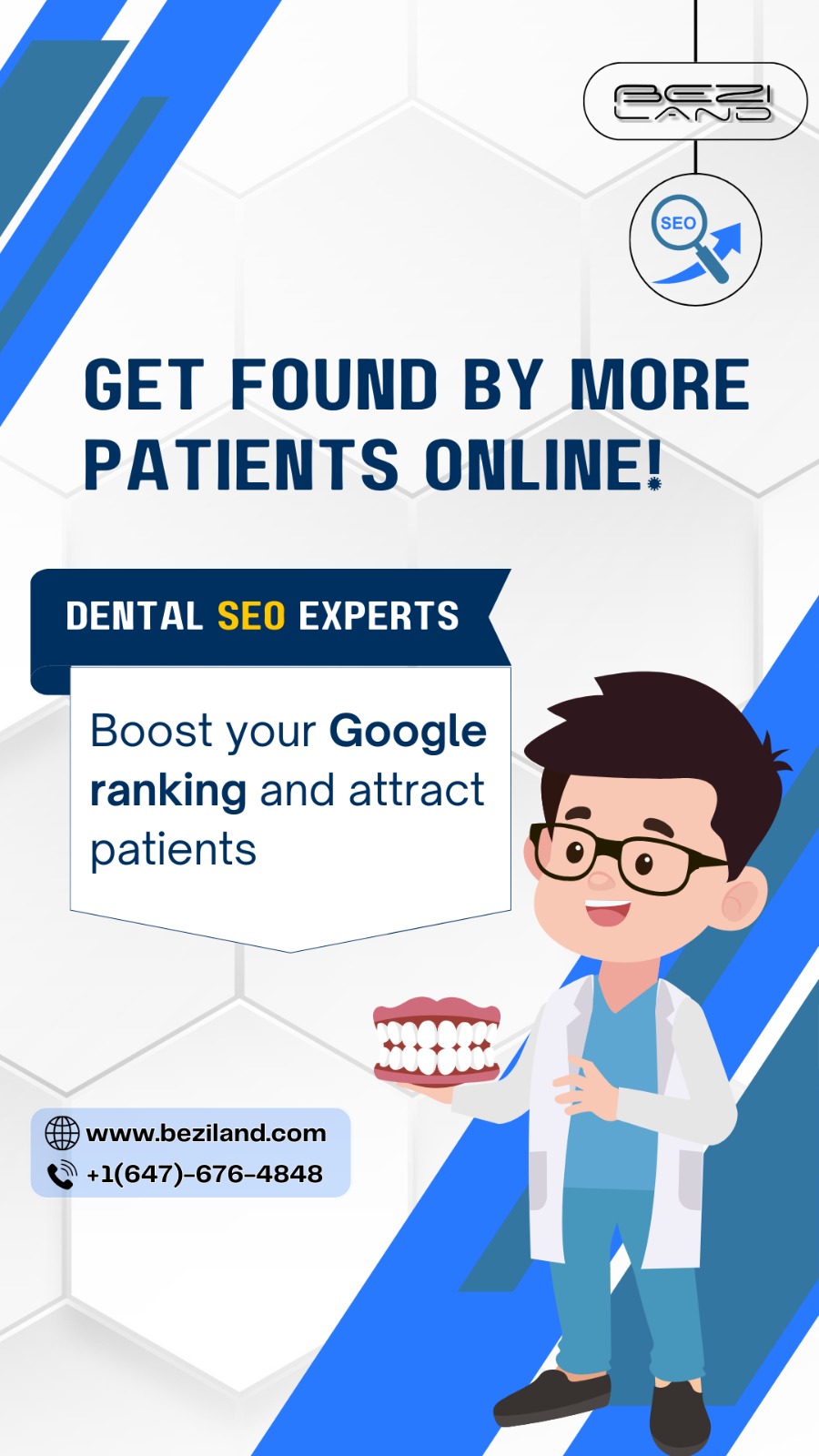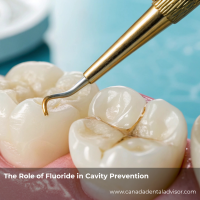Understanding the Link Between Braces and Jaw Pain
Jaw pain often originates from conditions like temporomandibular joint disorders (TMJ or TMD), malocclusions (bad bites), or misaligned teeth. These issues can create uneven pressure in the jaw, lead to chronic clenching or grinding, and strain the facial muscles.
Braces help by gradually repositioning the teeth and jaw to a healthier alignment. This can alleviate tension and restore balance, but the success of the treatment hinges on personalization.
Why Individualized Care Plans Matter
No two jaws are the same. A cookie-cutter approach may overlook nuances in a patient’s dental structure, medical history, or pain triggers. Here’s why tailoring the treatment matters:
1. Improved Treatment Outcomes
-
Accurate Diagnosis: 3D imaging, bite analysis, and patient history inform a more precise diagnosis.
-
Custom Appliances: Braces, retainers, or splints can be fabricated to suit the patient’s anatomy.
-
Efficient Progress: Targeted adjustments reduce unnecessary movement, minimizing discomfort and shortening treatment time.
2. Enhanced Patient Compliance
-
Better Understanding: When patients see how their unique condition is being addressed, they’re more likely to follow through.
-
Comfort and Trust: Personalized care fosters a strong patient-provider relationship.
-
Lifestyle Fit: Custom plans account for age, profession, sports, and even diet, making it easier to adhere to.
3. Long-Term Oral Health Benefits
-
Sustainable Results: Individualized plans reduce relapse risk by aligning with the patient’s natural jaw function.
-
Prevention of Further Issues: Addressing jaw misalignment early can prevent more serious conditions like arthritis in the jaw or chronic migraines.
Components of an Individualized Treatment Plan
Comprehensive Evaluation
Every successful plan begins with a thorough assessment:
-
Dental and medical history
-
Physical examination of jaw and bite
-
Digital imaging (X-rays, 3D scans)
Collaborative Team Approach
Orthodontists often work with:
-
General dentists
-
Physical therapists
-
Sleep specialists
-
Pain management professionals
Custom Orthodontic Solutions
Options may include:
-
Traditional braces with customized brackets
-
Clear aligners (e.g., Invisalign) with TMJ-focused adjustments
-
Temporary anchorage devices (TADs) for precise movement
Ongoing Monitoring and Adjustments
Frequent check-ins help fine-tune the treatment and ensure everything is progressing without increasing discomfort.
Real-Life Results
Emma, mentioned earlier, completed her 18-month treatment and reported a 90% reduction in jaw pain. Her care plan included digital modeling, TMJ splint therapy, and braces calibrated to minimize pressure on sensitive areas. She not only smiled more comfortably but also slept better and felt more energized during the day.
Conclusion
Braces can do more than straighten teeth—they can be a gateway to pain relief and better health when guided by a personalized care plan. Individualization ensures accuracy, comfort, and sustainability. If you or someone you know struggles with jaw pain, consult an orthodontist who emphasizes tailored treatment. Your jaw will thank you.
FAQs
1. Can braces really help with jaw pain?
Yes. When jaw pain stems from misaligned teeth or bite issues, braces can reposition the jaw to relieve pressure and muscle strain.
2. How long does it take for braces to relieve jaw pain?
It varies. Some patients feel relief within months, while others may need a full treatment cycle (12–24 months).
3. Are braces better than a night guard for jaw pain?
They serve different purposes. A night guard prevents grinding, while braces correct the underlying structural issues.
4. Is jaw pain always caused by dental issues?
Not always. Stress, injury, and medical conditions like arthritis can also contribute. That’s why a full evaluation is key.
5. Can clear aligners help with jaw pain too?
Yes. Clear aligners like Invisalign can be designed with specific jaw pain relief goals, especially for mild to moderate cases.
6. Are individualized care plans more expensive?
They may have a higher upfront cost but often save money by reducing complications and the need for future treatments.
7. What happens if jaw pain returns after braces?
Your orthodontist may recommend retainers, physical therapy, or a follow-up evaluation to adjust your care plan.
8. Is jaw pain in teenagers treatable with braces?
Absolutely. Early intervention can even prevent more serious conditions from developing.
9. Do I need a referral to see an orthodontist for jaw pain?
Not necessarily. Many orthodontists accept self-referrals, but it’s always good to consult with your general dentist first.
10. Will insurance cover braces for jaw pain?
Coverage varies. Some plans include orthodontic treatment if it’s medically necessary—always check with your provider.











Leave a Reply